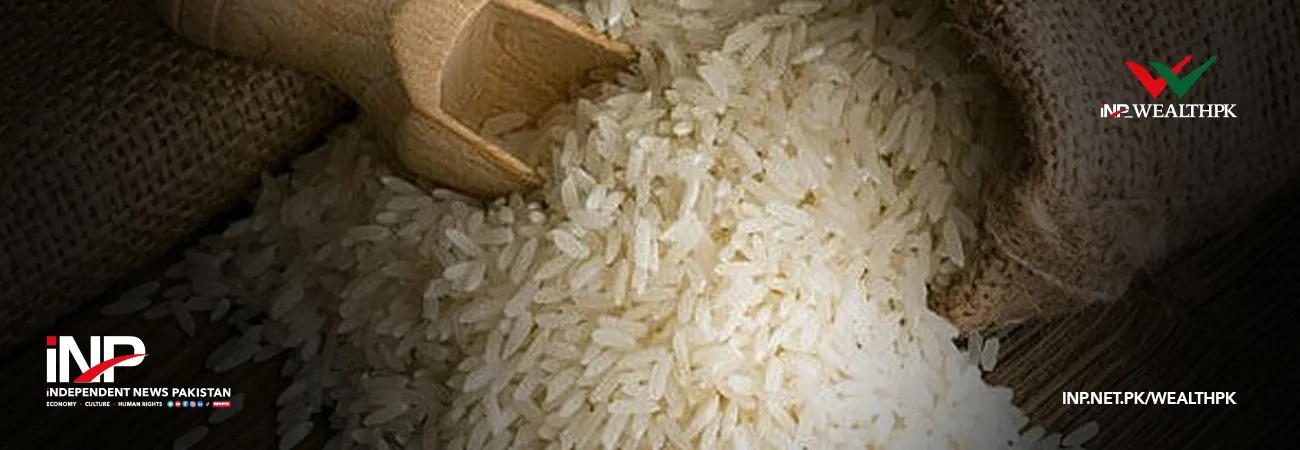INP-WealthPk
By Irfan Ahmed
ISLAMABAD, Feb. 28 (INP-WealthPK) Pakistan’s trade deficit has dropped by a big margin, positively impacting on the country’s external sector. Exports are rising exponentially compared to imports, which climbed in January compared to December, WealthPk reported.
According to the Pakistan Bureau of Statistics (PBS), trade deficit shrank 30% month-on-month to $3.362 billion in January 2022 as against $4.816 billion in the previous month [December 2021].
Imports fell by 22.06% in January 2022 to $5.908 billion from $7.580 in December 2021. Furthermore, exports fell by 7.89% in January 2022 to $2.546 billion from $2.764 billion in December 2021.
[caption id="attachment_64225" align="aligncenter" width="450"] Pakistan Import fell[/caption]
Pakistan Import fell[/caption]
Source: PBS/WealthPk research
However, trade deficit widened by 26.49% year-on-year to $3.362 billion in January 2022, up from $2.658 billion in January 2021. This was because imports registered an increase of 23.01% on a year-on-year basis and jumped from $4.803 billion to $5.908 billion. Exports witnessed an increase of 18.69% to $2.546 billion in January 2022 from $2.145 billion in the same period of last year. Talking to INP-WealthPK, spokesperson for the Ministry of Finance Muzammil Aslam said, “During the previous few months, the unprecedented increase in the import bill was mainly due to import of Covid-19 vaccine, sugar, and wheat.” However, the county now has surplus stocks of sugar and wheat and it no longer needs to import these commodities.” He said inflation had reached its peak and would decline in the coming months along with imports and trade deficit. Muzammil said despite the historic crisis the current government had to face in shape of the Covid-19 pandemic and then a hike in global inflation, the government managed to stabilize the key macroeconomic indicators. The country’s exports increased by 23.96% and reached $17.671 billion in the first seven months (July-January) of the current fiscal year 2021-22 compared to $14.255 billion during the same period of 2020-21. On the other hand, imports climbed by 58.84% in the first seven months of the current fiscal year (July-January), reaching $46.471 billion, up from $29.257 billion in the same period the previous year. Pakistan's trade deficit is $28.8 billion in July-January FY2021-22 compared to $15 billion in the same period of FY2020-21. [caption id="attachment_64226" align="aligncenter" width="450"] Pakistan's trade deficit[/caption]
Pakistan's trade deficit[/caption]
Source: PBS website/WealthPk research
According to WealthPk, the country would witness the highest-ever exports in history touching $30 billion by the end of the current fiscal year 2021-22 if trade deficit continued to reduce at the same pace. While a trade deficit is not inherently bad or good, it can have different effects, depending on the economy. In Pakistan’s context, the simplest cost will be increasingly higher costs of imported goods for consumers, while domestic workers also earn less due to a weakened rupee. Depreciation of the rupee can be welcome in the global economic context, but not over a longer term. The following are the ways to further shrink trade deficit.- The government must ban the import of cars and increase Regulatory Duty (RDs) and Additional Customs Duty on different luxury items in order to reduce the import bill.
- The government needs to depreciate the exchange rate. A weaker dollar makes imports more expensive and exports cheaper and improves trade balance.
- The production capacity must be increased to counter trade deficit.
- Increased capacity for quality and cheap production leads to a further increase in exports. A long-term planning must be made to increase a firm’s productivity that encourages competition, innovation, and optimizes export potential.
- The government should provide long-term loans to exporters and consolidate market intelligence services by supporting new exporters and evaluating the impact of current interventions to increase their effectiveness.
- The ease of doing business in Pakistan must be prioritized to encourage innovation for better quality and diverse products and services. Entrepreneurship creates a new innovation that can be started with less investment; thus, people not only get employed themselves and create value for the society and economy, but also promote employment opportunities.













